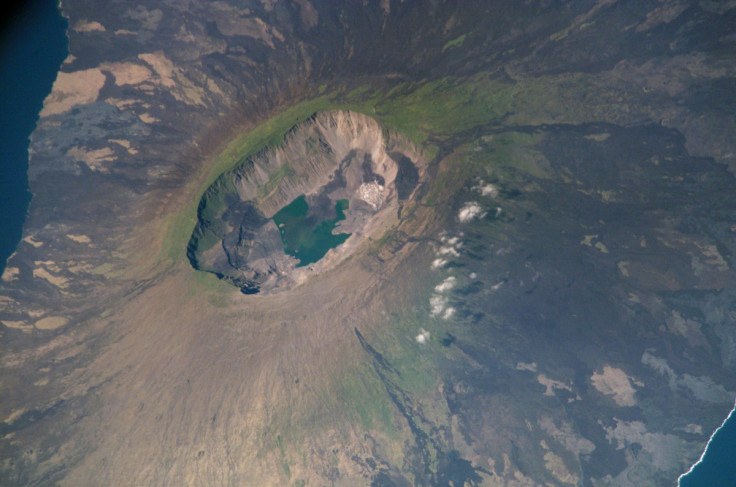Volcanic Plume Forming Galapagos Islands 'in the Wrong Place'

The pressurised volcanic plume that acts as the source of the eruptions forming the Galapagos Islands is around 150km from where it should be, scientists have said.
Researchers at the University of Oregon who looked at images taken using seismic waves found that the volcanic mantle plume of the Galapagos was not where generations of geologists and computer models had placed it.
They found it at a depth of 250km and 150km southeast of the Fernandia Island - the area where they originally thought it was located.
In the journal Nature Geoscience, the researchers said that the revised location helped explain why so many Galapagos volcanoes were active.
The Galapagos chain covers over 7,800 sq km. Its volcanic activity has always been difficult to understand because new eruptions should move ahead of its plate, similar to the hotspot found in Yellowstone Park.

The Galapagos plume is currently spreading north towards the mid-ocean ridge instead of eastwards with the shifting Nazca plate, on which the island chain sits, study co-author Douglas Toomey said.
The plume's location is thought to be closer to the Isabella and Floreana islands. Its southerly location also adds to the researchers suggestion that Earth's internal convection does not always adhere to computer modelling efforts and raises more questions about the planet's plates.
Instead of bending in the direction of the plate migration, the Galapagos plume has "decoupled" from the plates involved.
Toomey said: "Here's an archipelago of volcanic islands that are broadly active over a large region, and the plume is almost decoupled from the plate motion itself. It is going opposite than expected, and we don't know why."
Co-author Dennis Geist, from the University of Idaho, added: "Ocean islands have always been enigmatic. Why out in the middle of the ocean basins do you get these big volcanoes? The Galapagos, Hawaii, Tahiti, Iceland – all the world's great ocean islands – they're mysterious."
© Copyright IBTimes 2025. All rights reserved.






















